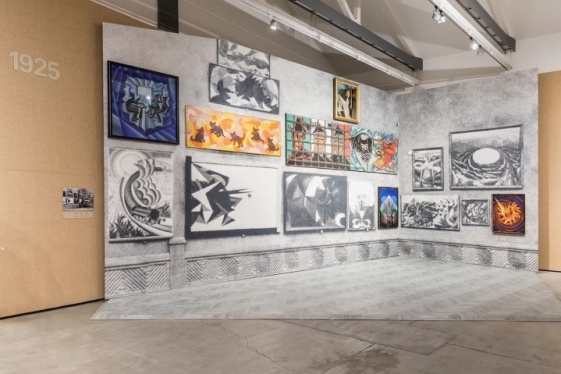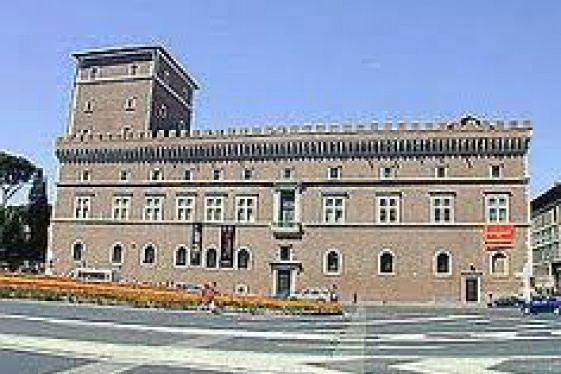The Art that Flourished Under Mussolini
“In a moment historically where there are regimes all over — why not analyse a regime?” these are the words, quoted by Hannah McGivern in The Art Newspaper, that curator Germano Celant used to explain the purpose of his current exhibition Post Zang Tumb Tuuum. Art Life Politics: Italia 1918–1943, currently on view at Fondazione Prada. The title is...
READ MOREHow Clothing Made From Milk Became the Height of Fashion in Mussolini’s Italy
In 1909, Filippo Tommaso Marinetti—a member of the Italian literati who had studied in Egypt, France, and Italy—published his radical Futurist Manifesto, a document whose exaltations of technological disruption ignited the Italian Futurism movement. Marinetti called for art that embraced new innovations like automobiles, glorified war, “fought” mor...
READ MOREMatteo Pretelli (Writer, Professor, Historian)
As you all know, in our interviews we try to stay as far as we can from politics. It is a very sensitive topic, and We the Italians is completely impartial and unbiased, on both sides of the ocean. This is fundamental to understand the approach we are using regarding the topic of this interview, as to say the relation between Mussolini and the Unit...
READ MOREFiorello La Guardia, il sindaco di New York che prendeva in giro Hitler e Mussolini
di Giuseppe Barcellona Il segretario di Stato Cordell Hull, che non poteva sentirne pronunciare neanche il nome, si sarebbe ricreduto negli anni a venire. Nei primi anni Trenta del secolo passato Fiorello La Guardia, detto "The little Flore" fu eletto sindaco della Grande Mela in un'America isolazionista, legata alla Germania dal "Trattato...
READ MOREThe incredible story of how Italian dictator Mussolini's car wound up in New York — and was forgotten about for 21 years
By 1945, things weren't looking good for Italian fascist dictator Benito Mussolini. He was deposed by the Grand Council of Fascism, arrested by the Italian king, and had just escaped imprisonment with the help of German special forces. Mussolini was headed north with his mistress, Clara Petacci, presumably to seek asylum in Switzerland.
READ MOREMussolini Slept Here: Unearthing a Roman Villa’s Uneasy Past
by Rachel Donadio Deep beneath the historic Villa Torlonia, where Benito Mussolini lived for nearly two decades, a wine cellar repurposed in 1941 as a bunker to protect the Fascist leader was recently opened to the public. Even in a city stratified with centuries of history, where archaeologists are digging up the remains of an ancient empi...
READ MOREMatteo Pretelli, La via fascista alla democrazia americana. Cultura e propaganda nelle comunità italoamericane
Viterbo, Sette Città, 2012, pp.118, € 12. A sette anni dalla sua discussione come tesi di dottorato presso l'Università di Trieste questo lavoro trova spazio in sede editoriale. Nel tempo trascorso da allora Pretelli ha dato alle stampe numerosi altri contributi di storia delle migrazioni italiane sotto forma di saggi e volumi e si è confrontat...
READ MORE








